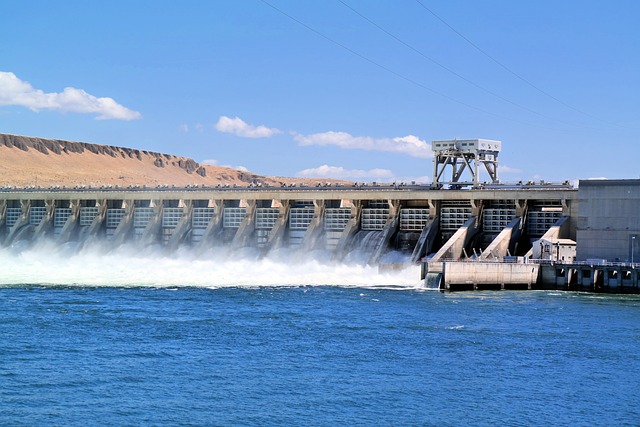The article presents groundbreaking research where scientists at WPI have developed a unique material using nickel and cobalt atoms to selectively remove urea from water and potentially convert it into hydrogen gas. This innovation addresses environmental challenges associated with urea, offering a dual solution by mitigating its harmful impact in agricultural runoff and wastewater while unlocking its potential for sustainable hydrogen production. The breakthrough electrocatalyst design, overcoming a historical hurdle, makes urea electrolysis more energy-efficient. The research not only contributes to ecological sustainability but also demonstrates the practical application of urea in producing hydrogen, showcasing its potential impact on the water-energy nexus.

Is This Nickel-Cobalt Combo the Key to Green Hydrogen from Urea?
Scientists at WPI have pioneered a breakthrough material designed to extract urea from water and potentially transform it into hydrogen gas. This innovative approach involves constructing materials using nickel and cobalt atoms with precisely tailored electronic structures. This advancement unlocks the capability of transition metal oxides and hydroxides to selectively oxidize urea in an electrochemical reaction.
The team, led by Xiaowei Teng, the James H. Manning Professor of Chemical Engineering at WPI, recently published their findings in the Journal of Physical Chemistry Letters, earning a prominent spot on the publication's supplementary front cover. Urea, a cost-effective nitrogen agricultural fertilizer and a natural byproduct of human metabolism plays a dual role in environmental impact.
Urea-rich agricultural runoff and municipal wastewater discharge contribute to eutrophication, leading to harmful algal blooms and hypoxic dead zones that pose threats to aquatic ecosystems and human health. However, the unique characteristics of urea also make it a promising candidate for hydrogen storage, offering a potential solution for on-demand hydrogen production.
Urea possesses non-toxic properties, high water solubility, and a substantial hydrogen content (6.7% by weight). Consequently, utilizing urea for electrolysis in hydrogen production proves to be more energy-efficient and economical than traditional water electrolysis.
One persistent challenge in urea electrolysis has been the lack of affordable and highly efficient electrocatalysts capable of selectively oxidizing urea instead of water. Teng and his team have addressed this hurdle by developing electrocatalysts composed of synergistically interacting nickel and cobalt atoms with unique electronic structures, facilitating selective urea electro-oxidation.
The WPI team's investigation focused on homogeneous nickel and cobalt oxides and hydroxides, emphasizing the crucial role of tailored electronic structures with dominant Ni2+ and Co3+ species to enhance electrochemical activity and selectivity for urea oxidation.
Teng explained, "This electronic configuration is a pivotal factor in improving the selectivity of urea oxidation. Higher nickel valence, such as Ni3+, facilitates a fast reaction with a robust electric current output, but a significant portion of the current is derived from undesirable water oxidation."
Collaborating with Aaron Deskins, a professor of chemical engineering at WPI, the researchers performed computational simulations to gain deeper insights. The results showed that the homogeneous mixing of nickel and cobalt oxides and hydroxides benefited electron redistribution, creating a more favorable environment for Ni/Co catalysts to engage with urea and water molecules.
Urea, a major nitrogen fertilizer and feed additive, has been commercially produced since the 1920s, with approximately 180 million metric tons manufactured in 2021. Interestingly, urea can also be derived from natural sources, as an adult human produces 1.5 liters of urine daily, equivalent to 11 kg of urea and 0.77 kg of hydrogen gas annually.
The implications of the WPI team's findings are profound. They could pave the way for utilizing urea in waste streams to efficiently produce hydrogen fuel through the electrolysis process. Additionally, this breakthrough has the potential to sequester urea from water, contributing to the long-term sustainability of ecological systems and revolutionizing the water-energy nexus.
This groundbreaking work was made possible with the support of the National Science Foundation under Award Number 2236704.
